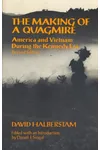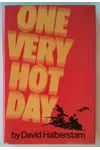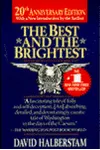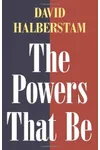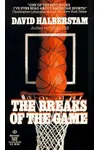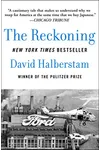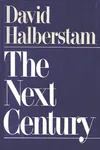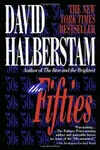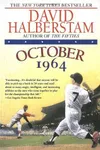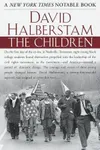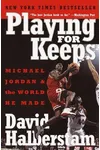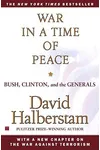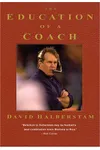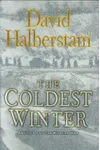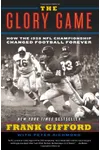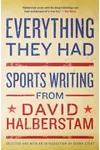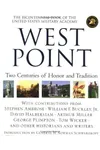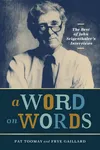Picture a fearless journalist who turned the chaos of war and the pulse of American life into gripping stories—meet David Halberstam! This Pulitzer Prize-winning author didn’t just report the news; he wove it into narratives that shaped how we understand the 20th century. From the battlefields of Vietnam to the baseball diamonds of postwar America, Halberstam’s incisive prose and relentless curiosity made him a literary legend.
The Making of David Halberstam
Born on April 10, 1934, in New York City to a Jewish family, David Halberstam grew up with a front-row seat to change. His father, a surgeon, and mother, a teacher, moved the family across the U.S. due to military postings, landing in places like Winsted, Connecticut, where young David befriended future activist Ralph Nader. At Harvard, he honed his craft as managing editor of The Harvard Crimson, graduating in 1955 with a journalism degree. His career kicked off at the tiny Daily Times Leader in West Point, Mississippi, where he tackled civil rights stories—until his progressive views got him fired. Undeterred, he joined The Tennessean in Nashville, calling it his “graduate school” for covering the burgeoning Civil Rights Movement.
David Halberstam’s Unforgettable Stories
Halberstam’s career skyrocketed when he joined The New York Times in 1960, reporting from the Congo and Vietnam. His unflinching Vietnam War coverage earned him a Pulitzer Prize in 1964 at age 30, but it was his book The Best and the Brightest (1972) that cemented his fame. This searing critique of U.S. Vietnam policy exposed the hubris of America’s elite, blending meticulous research with vivid storytelling. He followed with The Powers That Be (1979), a deep dive into media moguls like William S. Paley, revealing how news shapes history. Halberstam’s versatility shone in sports journalism, too. Summer of ’49 (1989) captured the 1949 Yankees-Red Sox rivalry, painting baseball as a mirror of postwar dreams, while Playing for Keeps (1999) chronicled Michael Jordan’s rise, blending athletic drama with cultural insight. His style—rich with anecdotes, grounded in truth, and pulsing with progressive values—made every book a page-turner.
Even in his later years, Halberstam never slowed down. The Children (1998) revisited his Nashville reporting, celebrating the courage of Civil Rights student activists. Firehouse (2002), written after 9/11, honored the bravery of New York firefighters with heart-wrenching intimacy. His final work, The Coldest Winter (2007), a posthumous history of the Korean War, showcased his knack for making distant conflicts feel urgent and human.
Why David Halberstam Matters
David Halberstam didn’t just write books; he challenged power and amplified the voiceless. His Vietnam reporting shifted public perception, proving journalism could sway policy. His sports and culture books showed that everyday stories—baseball games, firehouse bonds—held as much weight as global conflicts. Halberstam’s legacy lives in his courage to speak truth, his narrative flair, and his influence on generations of journalists. When he died in a 2007 car crash, he was researching yet another book, leaving behind a body of work that remains a gold standard for nonfiction.
- Born: April 10, 1934, New York City
- Died: April 23, 2007, Menlo Park, California
- Key Works: The Best and the Brightest, The Powers That Be, Summer of ’49, The Children
- Awards: Pulitzer Prize (1964), Elijah Parish Lovejoy Award (1997)
Ready to dive into Halberstam’s world? Grab The Best and the Brightest for a masterclass in power, or Summer of ’49 for a nostalgic sports thrill. His stories are waiting to captivate you!
